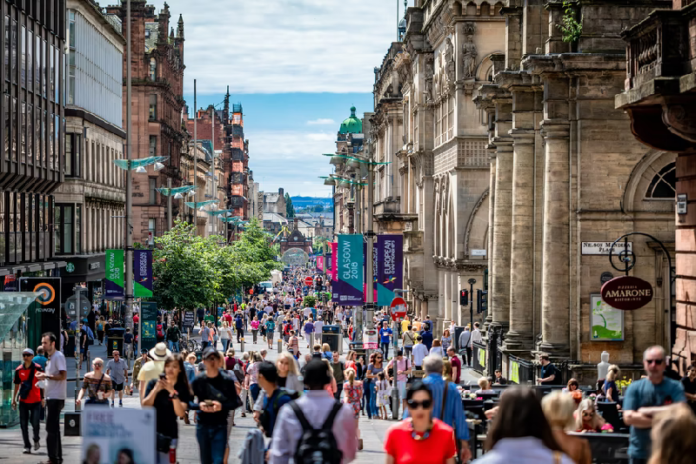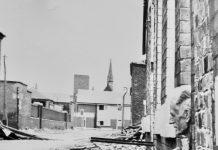High streets in England bounced back more quickly after the Covid-19 vaccination rollout, new research shows.
A new report by the Government’s High Streets Task Force, which is led by experts from the Institute of Place Management at Manchester Metropolitan University, also found that places with unique attractions and a range of services fared better since the pandemic than those focusing on high street retail.
The analysis of footfall data from 600 locations estimated that regional cities each lost 10 million visitors on average through 2020, while smaller places proved more resilient, with 100% of district centres and 44% of towns recovering their pre-pandemic footfall patterns by summer 2020.
Experts at the task force, which was commissioned by Government in 2019 to support the transformation of England’s high streets, say the vaccine rollout is a key factor in a faster recovery of footfall levels following the reopening of non-essential retail on April 12, 2021 (+113% in the first week), compared to the previous reopening on 15 June 2020 (+63%).
Professor Cathy Parker, study co-author, Task Force Research Lead and Professor of Marketing and Retail Enterprise at Manchester Metropolitan University, said: “Our analysis showed the reassuring signs of the impact of COVID-19 vaccines on the pace and trajectory of footfall recovery. We can’t be complacent about public health and its crucial role in ensuring people feel safe in our town and city centres.
“We can say with confidence that small, local high streets have recovered quickest, and that towns with a defined sense of place and role beyond template retail have shown greater resilience.”
The study revealed that holiday towns and ‘speciality’ towns – those with attractions like heritage and green space – recovered at a faster rate than comparison retail towns that are reliant on their shopping offer.
It found that 67% of speciality towns and 100% of holiday towns are classified as ‘recovered’, with 45% of holiday towns outperforming 2019 levels. No comparison retail towns reached their pre-pandemic footfall levels during this period.
Prof Cathy Parker added: “Covid-19 has made us think more deeply about why and when we visit high streets. Even before the pandemic we were making the case for a diverse, multifunctional and unique offer on high streets, and now this must be the active goal for many more towns, particularly those that are planning the investment of government funding.”
The study examined how footfall patterns show the evolution of high streets in the years before the pandemic in England. It shows that between 2016 and 2019, the number of comparison retail towns – more traditional shopping centres – fell by more than 60%. Of these towns that changed their role or defining function, 55% shifted to a multifunctional type, offering a range of services in addition to retail, and 45% becoming speciality locations.
The report includes four case studies from towns and cities around the country – Brixton, London’s West End, Manchester and Newquay – with data demonstrating the range of impacts to footfall in these different locations and the important role that local place managers and leaders play in responding to these changes.







